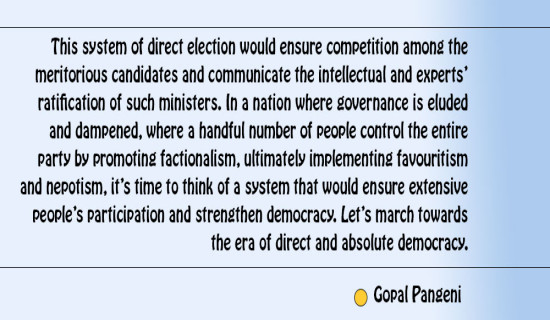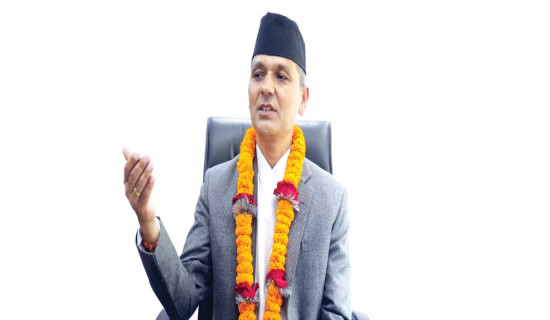- Saturday, 25 October 2025
Nirakar's Innovation On Cosmic Weather Analysis
Suhel Dangol
In an age where a single solar flare could potentially disrupt global communications and power grids, Nirakar Sapkota, a recent Princeton graduate, is revolutionising how we predict and prepare for cosmic weather events that could wreak havoc on our increasingly technology-dependent society.
At the heart of Nirakar’s work is a suite of computational tools that are changing the game in space weather analysis. His wavelet analysis technique, for instance, allows researchers to spot patterns in solar wind data that were previously invisible. But Nirakar’s innovations don't stop at observation. His cross-correlation method is helping researchers understand the complex relationships between different space weather parameters. This is crucial for predicting how events on the sun will affect the Earth's magnetosphere and, consequently, our technology.
The real-world implications of Nirakar’s work are already being felt across continents. Power-grid researchers in South Africa are using his models to assess the risk of geomagnetically induced currents (GICs) in their grids. These currents, caused by solar storms, can overload transformers and lead to widespread blackouts.
In the satellite industry, Nirakar’s research on cosmic ray intensity fluctuations has broader use cases. His findings can help operators optimize maintenance schedules and protect sensitive electronics from radiation damage. And even your smartphone's GPS might work better thanks to Nirakar’s research. His enhanced forecasting capabilities can allow telecommunications companies to predict and mitigate the effects of ionospheric disturbances on GPS accuracy.

Nirakar’s journey began far from the high-tech labs of Silicon Valley or NASA. In the bustling streets of Kathmandu, Nepal, a teenage Nirakar first became fascinated with the sun's influence on our planet. With little more than textbooks and an internet connection, he began to unravel the mysteries of solar-terrestrial interactions.
This passion led him to collaborate with Dr. Binod Adhikari, resulting in publications that caught the attention of the international scientific community. His work earned him a scholarship to Princeton University, where he continued to push the boundaries of space weather research and explored computer science to further strengthen his arsenal of skills.
Looking to the future, Nirakar is not resting on his laurels. He's exploring ways to integrate AI and machine learning into space weather prediction models. As our society becomes increasingly reliant on space-based technologies, the importance of Nirakar’s work cannot be overstated. From preventing power grid failures to ensuring accurate GPS navigation, his innovations can help safeguard the technological infrastructure we often take for granted.
In a field where the stakes are as high as the satellites we depend on, Nirakar Sapkota’s work is not just advancing scientific knowledge—it is helping to secure our technological future against the caprices of our stellar neighbourhood. As we continue to explore and utilise the space around us, researchers like Nirakar will be our frontline defenders against the cosmic weather that shapes our solar system.

















